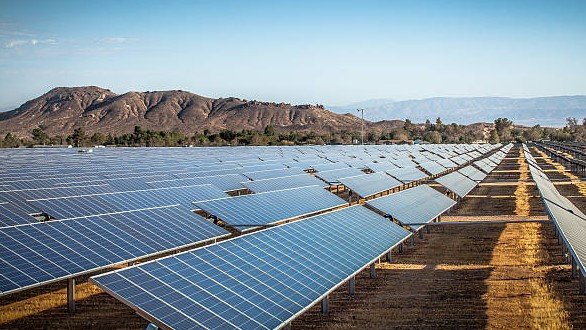Electricity demand in the Middle East and North Africa has tripled since 2000, and experts predict it will jump another 50 percent by 2035. The International Energy Agency’s latest report highlights how population growth, urban expansion, and needs for cooling and water desalination are pushing the region to a critical energy turning point.
Key Drivers Behind the Surge
Rapid changes in the region are fueling this massive increase in power use. Population booms and city growth mean more homes, factories, and businesses need electricity every day.
Air conditioning stands out as a major factor. With temperatures rising faster than the global average, cooling now takes up nearly half of peak power demand in many areas. By 2035, it could become the top reason for higher consumption.
Water shortages add to the strain. Many countries rely on desalination plants to turn seawater into fresh water, which requires huge amounts of energy. This process alone could account for a big chunk of future demand growth.
The report points out that these needs equal the total power use of Germany and Spain combined. Leaders in the region face tough choices to keep up without blackouts or high costs.
Experts note that inefficient systems make the problem worse. For example, air conditioners here often use twice as much electricity as those in places like Japan.

Solar and Nuclear Power as Solutions
Renewable energy offers hope to meet this rising demand. Solar farms are popping up across the desert landscapes, taking advantage of abundant sunlight.
The IEA forecasts a surge in solar and nuclear power by 2035. These sources could reshape the grid and reduce reliance on fossil fuels.
- Solar capacity might triple in key countries, driven by falling costs and government targets.
- Nuclear plants are under construction in places like the UAE, aiming to provide steady, clean energy.
- Decentralized grids could help remote areas get reliable power without massive infrastructure.
Countries like Saudi Arabia and the UAE are investing billions in these projects. This shift not only addresses demand but also cuts carbon emissions.
However, challenges remain. Building these systems takes time, and funding can be uneven across the region.
A quick look at projected growth:
| Energy Source | Current Share | Projected by 2035 |
|---|---|---|
| Solar | 5% | 20% |
| Nuclear | 2% | 10% |
| Natural Gas | 70% | 50% |
This table shows how renewables could balance the energy mix.
Challenges in Post-Conflict Zones
Not every part of the region benefits equally. Areas recovering from conflicts face severe power shortages that slow rebuilding efforts.
Millions live with unreliable electricity, relying on generators or limited grids. This leads to higher costs and health risks from pollution.
The IEA warns that without investment, these gaps could widen. Post-conflict shortages drive up demand for quick fixes, but long-term solutions like solar microgrids might help.
Economic growth in stable areas contrasts sharply with these struggles. For instance, industrial expansion in Gulf nations boosts demand, while others lag behind.
Addressing this requires international aid and local policies to build resilient systems.
Impact on Daily Life and Economy
Rising power needs affect everyone from families to businesses. In hot summers, blackouts disrupt work and home life, especially where cooling is essential.
Economies could suffer if supply falls short. Industries like manufacturing and tech hubs need steady energy to grow.
On the positive side, new jobs in renewable sectors are emerging. Solar projects create employment and attract foreign investment.
The region, known for oil exports, now draws attention for its power consumption. This shift puts it on par with giants like China and India in global energy talks.
Policymakers must act fast to avoid an energy crisis. Improving efficiency in cooling and desalination could save billions in the long run.
Global Context and Future Outlook
This demand growth fits into worldwide trends. As climates warm, similar issues hit other hot regions, from Asia to Africa.
Recent events, like heatwaves in 2025, underline the urgency. International forums discuss how to support Mena countries in their energy transition.
The IEA calls for better data and planning to track progress. Collaboration between nations could speed up renewable adoption.
Looking ahead, innovations in energy storage and smart grids might ease the strain. By 2035, a balanced approach could turn challenges into opportunities for sustainable growth.
What do you think about these energy shifts? Share your thoughts in the comments and spread the word to spark discussions on solutions.
